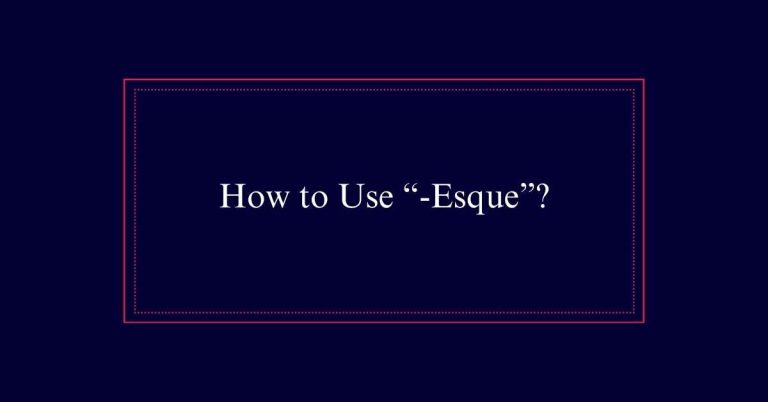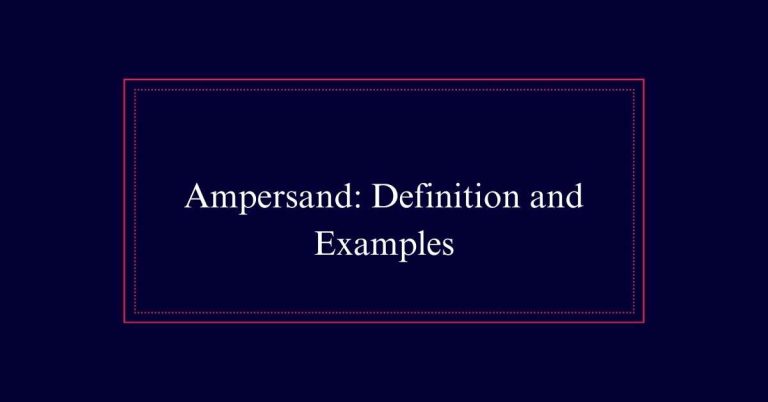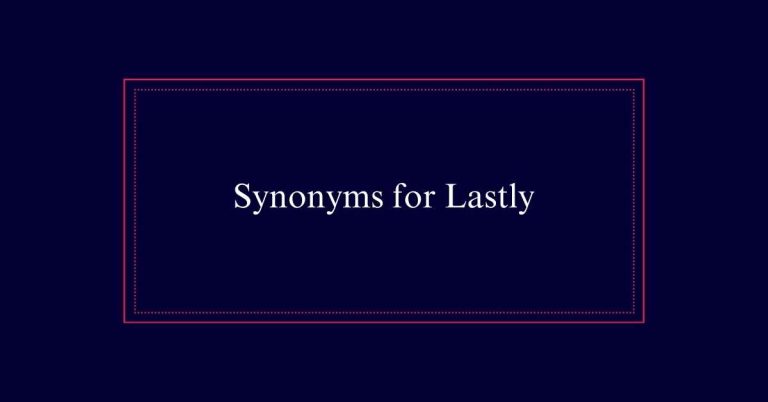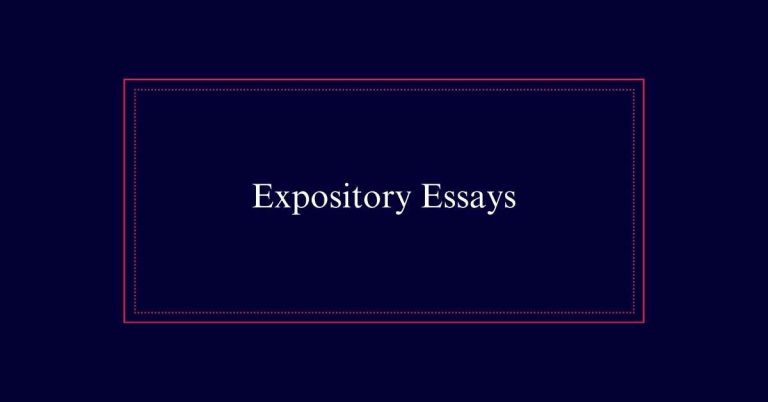What Is an Asyndeton?
An asyndeton is a literary device that omits conjunctions between words, phrases, or clauses to create a fast-paced and impactful rhythm. This technique originated from ancient Greek rhetoric, where it was used to make speech more compelling. Asyndetons enhance emphasis and clarity, lending a direct and forceful tone to writing or speech.
Notable examples include Julius Caesar’s “Veni, vidi, vici” and dramatic moments in Shakespeare’s plays. By removing conjunctions, writers make statements punchy and memorable.
Definition of Asyndeton
Asyndeton is a literary device that involves the omission of conjunctions between words, phrases, or clauses. It derives from an ancient Greek word meaning unconnected. This technique can speed up the rhythm of a text, alter its tone, and add emphasis.
For instance, Julius Caesar’s famous phrase ‘Veni, vidi, vici’ translates to ‘I came, I saw, I conquered’ and exemplifies asyndeton by omitting conjunctions. The device is effective in creating memorable, punchy statements. However, overuse can make the writing seem choppy.
There are two main types: asyndeton between words and phrases, and asyndeton between sentences or clauses. Both serve to highlight key points and evoke strong emotions, making them powerful tools in literature.
Origins of the Term
The term ‘asyndeton’ originates from ancient Greek, where it means ‘unconnected’. This etymological root reflects the essence of the literary device.
In Greek rhetoric, asyndeton was employed to create a rapid, succinct, and impactful delivery of speech. By omitting conjunctions, speakers and writers could emphasize key points and create a sense of urgency or intensity. The technique was particularly useful in political oratory and poetry, where brevity and forcefulness were prized.
Over time, its usage expanded beyond Greek literature, finding a place in Latin texts and, eventually, modern languages. Today, asyndeton remains a powerful tool in various forms of writing, from literature to speeches, underscoring its enduring relevance and effectiveness.
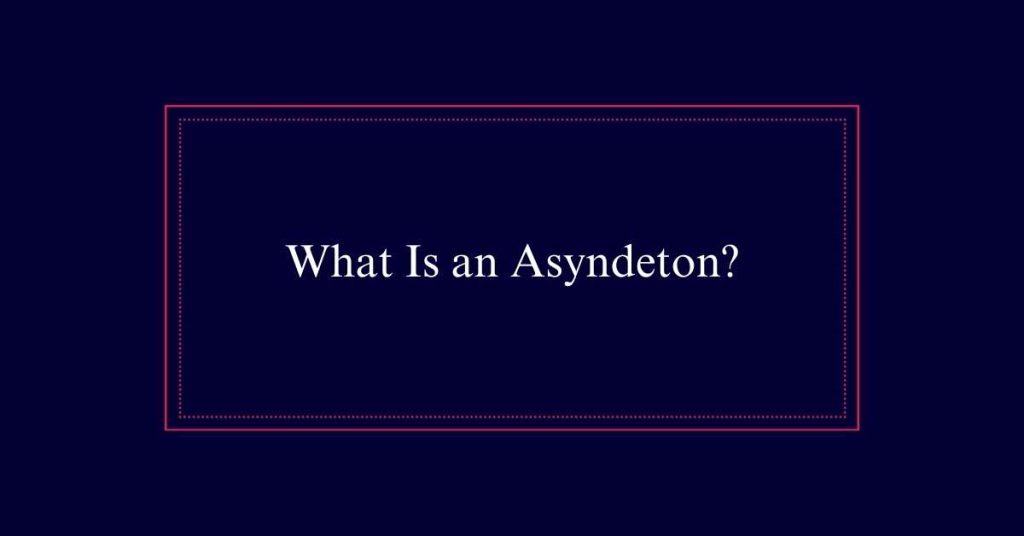
Functions of Asyndeton
To conclude, asyndeton is a powerful tool for creating emphasis and improving the flow of writing. Omitting conjunctions in writing can speed up the rhythm and add emphasis.
This technique, known as asyndeton, can create a sense of urgency and intensity. By removing conjunctions, writers can make their prose more dynamic and impactful. It also helps to focus the reader’s attention on the key elements of the sentence, enhancing clarity and importance.
Asyndeton can change the tone of a passage, making it feel more direct and forceful. Additionally, it can contribute to a more memorable and punchy style. However, it must be used sparingly to avoid making the text feel disjointed or abrupt.
Historical Examples
Historical examples of asyndeton showcase its impact on literature and rhetoric through the ages. Julius Caesar’s famous phrase ‘Veni, vidi, vici’ is a prime example, illustrating how omitting conjunctions can create a powerful, rhythmic effect.
Shakespeare also employed asyndeton in his plays to enhance dramatic tension and emotional intensity. In Charles Dickens’ ‘A Tale of Two Cities,’ the opening line ‘It was the best of times, it was the worst of times‘ demonstrates how asyndeton can underscore contrasting ideas.
Joseph Conrad’s ‘Heart of Darkness’ uses the device to convey the chaotic, fragmented world of the Congo. These historical uses of asyndeton reveal its enduring influence on the art of writing and speech.
Types of Asyndeton
Asyndeton can be categorized into two types: between words and phrases, and between sentences or clauses. The first type involves omitting conjunctions between individual words or short phrases. This form is often used to create a sense of urgency or to emphasize each element equally.
Examples include lists like “reduce, reuse, recycle” which highlight the importance of each action.
The second type of asyndeton occurs between sentences or clauses. This usage can make the text feel more immediate and dramatic. It is often found in literature and speeches to convey strong emotions or highlight important themes.
Words and Phrases Asyndeton
Words and phrases asyndeton involves the deliberate omission of conjunctions between individual words or short phrases to create emphasis and a memorable rhythm. This technique is often used to produce a succinct, impactful statement. For example, the phrase ‘Reduce, reuse, recycle’ emphasizes environmental action without the need for conjunctions. Similarly, ‘Live, laugh, love’ encapsulates a philosophy of life in three powerful words.
Sentences and Clauses Asyndeton
Writers often use asyndeton between sentences and clauses to create a rapid, dramatic effect. This technique helps to emphasize emotions and themes. By omitting conjunctions, asyndeton can make the text feel more intense, urgent. Shakespeare often employed this method in his plays to enhance the poetic quality. For example:
| Sentence 1 | Sentence 2 |
|---|---|
| He came, he saw. | He conquered. |
| I speak, I shout. | I fight. |
| She laughed, she cried. | She loved. |
| We live, we die. | We remember. |
Comparing Asyndeton and Syndeton
While asyndeton creates a rapid, dramatic effect by omitting conjunctions, syndeton employs them to connect phrases or clauses smoothly. Asyndeton speeds up the rhythm, making the text feel urgent or intense. It often emphasizes key points by presenting them in a list without connectors.
In contrast, syndeton uses conjunctions like ‘and’ or ‘but’ to link elements, creating a more balanced and orderly flow. This method allows the reader to process information more slowly and clearly. Syndeton can make writing feel more cohesive and less fragmented. By using conjunctions, syndeton helps to make sure that each phrase or clause is given equal importance, providing a smoother, more fluid reading experience.
Polysyndeton Explained
Polysyndeton is a literary device that involves the deliberate use of multiple conjunctions between phrases or clauses. Unlike asyndeton, which omits conjunctions, polysyndeton adds them to create a sense of accumulation, emphasis, or rhythm. This device can slow down the pace of a sentence, allowing each item in a series to stand out.
Polysyndeton serves several purposes:
- Enhances Rhythm: Polysyndeton can add a rhythmic quality to writing, making it more engaging.
- Adds Emphasis: It emphasizes each element in a list, making them all seem equally important.
- Creates a Sense of Overwhelm: The repeated use of conjunctions can convey overwhelming situations or emotions.
Literature Examples
Many classic works of literature feature asyndeton to enhance their narrative impact. In Charles Dickens’ ‘A Tale of Two Cities,’ the famous opening line omits conjunctions to create a rhythmic urgency:
‘It was the best of times, it was the worst of times.’
Joseph Conrad’s ‘Heart of Darkness’ uses asyndeton to intensify the protagonist’s description of his journey.
William Shakespeare’s ‘Julius Caesar’ employs it in the line ‘I came, I saw, I conquered,’ to underscore Caesar’s swift victory.
James Joyce’s ‘A Portrait of the Artist as a Young Man’ also incorporates asyndeton for heightened emotional effect.
Angela Carter’s ‘The Werewolf’ uses the device to convey a sense of abruptness and immediacy, enhancing the story’s mysterious atmosphere.
Frequently Asked Questions
Can Asyndeton Be Used in Dialogue?
Yes, asyndeton can be used in dialogue. It can help convey urgency, emotion, or a character’s unique speech pattern. By omitting conjunctions, dialogue becomes more direct and impactful, enhancing the narrative’s overall effect.
How Does Asyndeton Affect the Pacing of a Narrative?
Asyndeton affects the pacing of a narrative by accelerating the rhythm and creating a sense of urgency. This technique can make the writing feel more immediate and intense, enhancing the emotional impact and keeping readers engaged.


